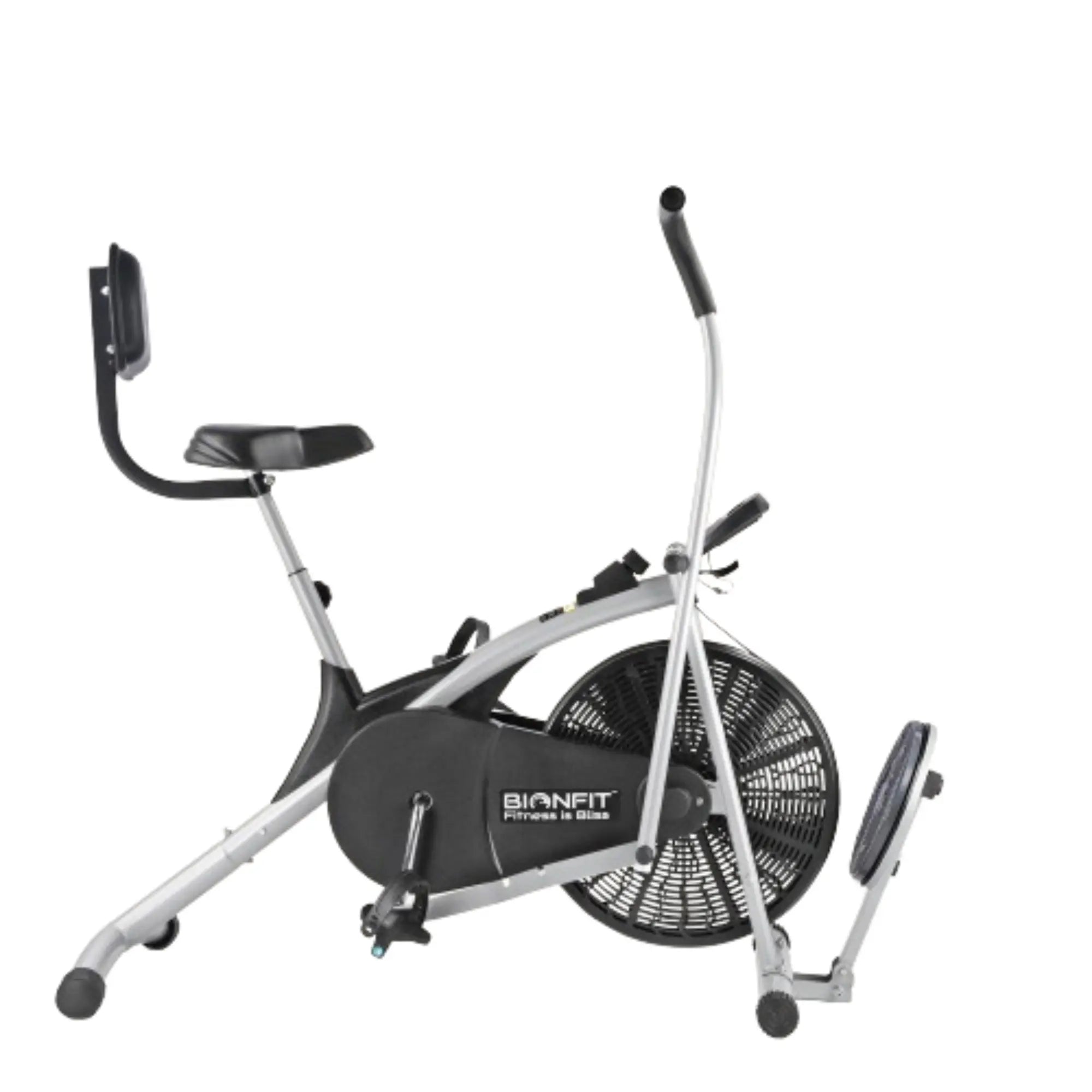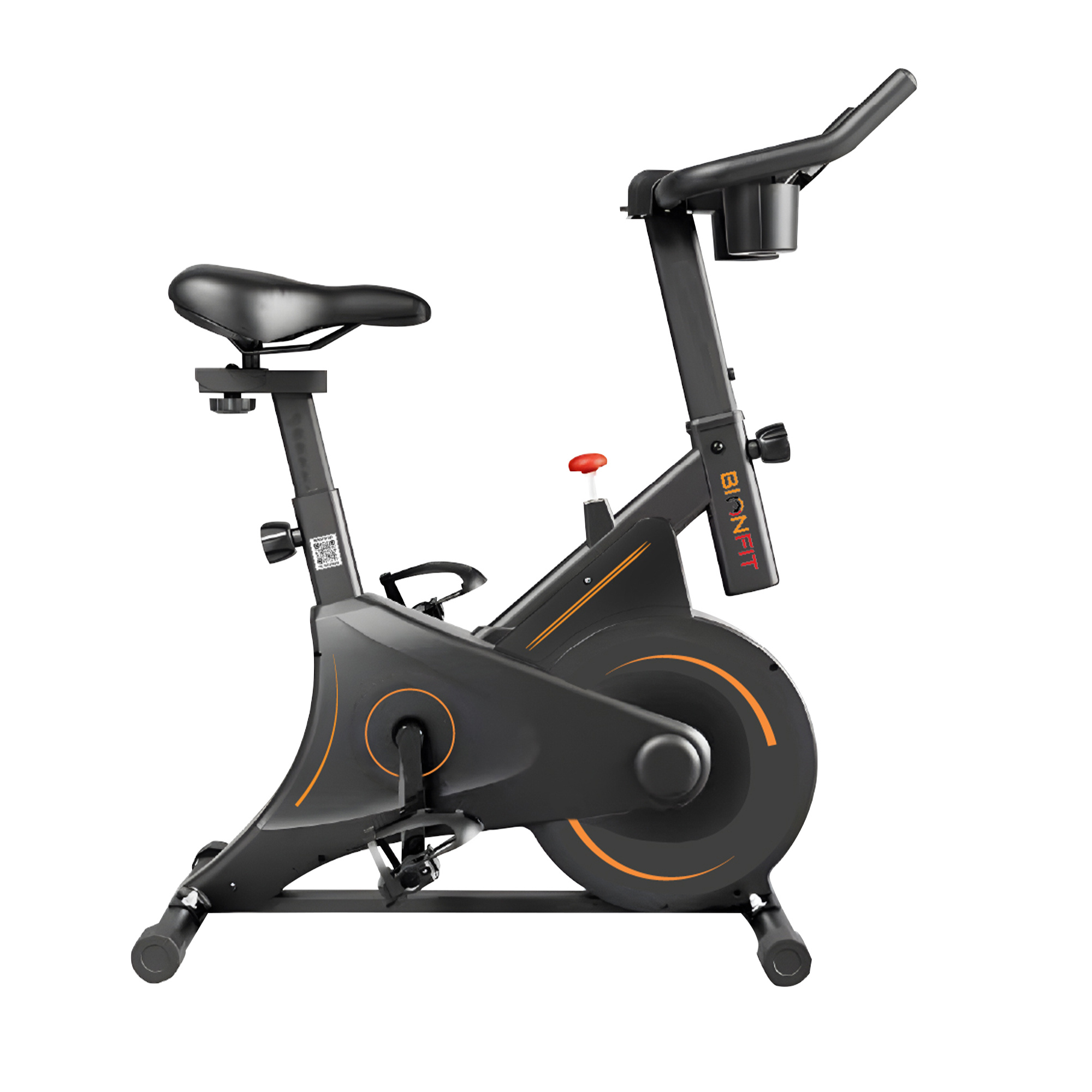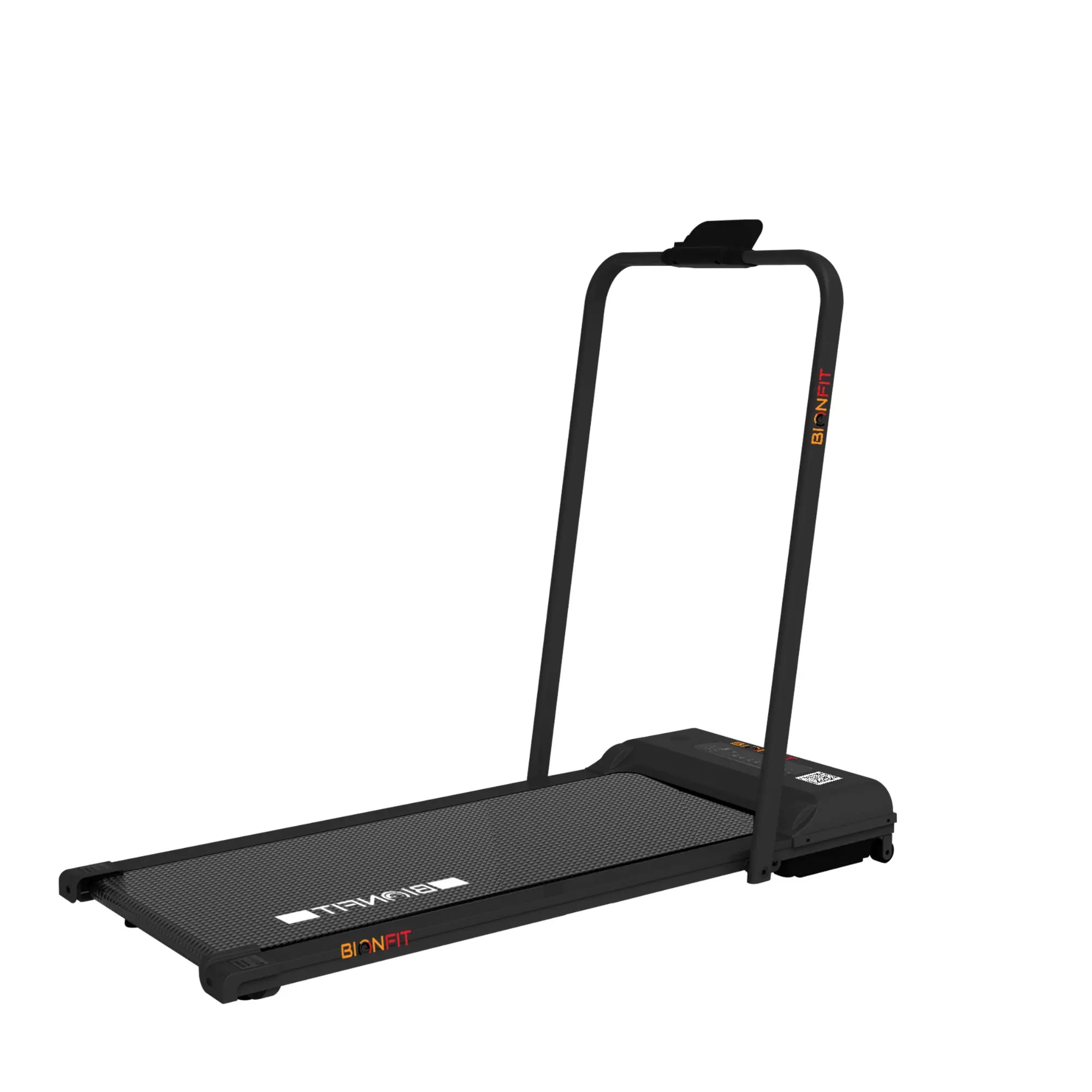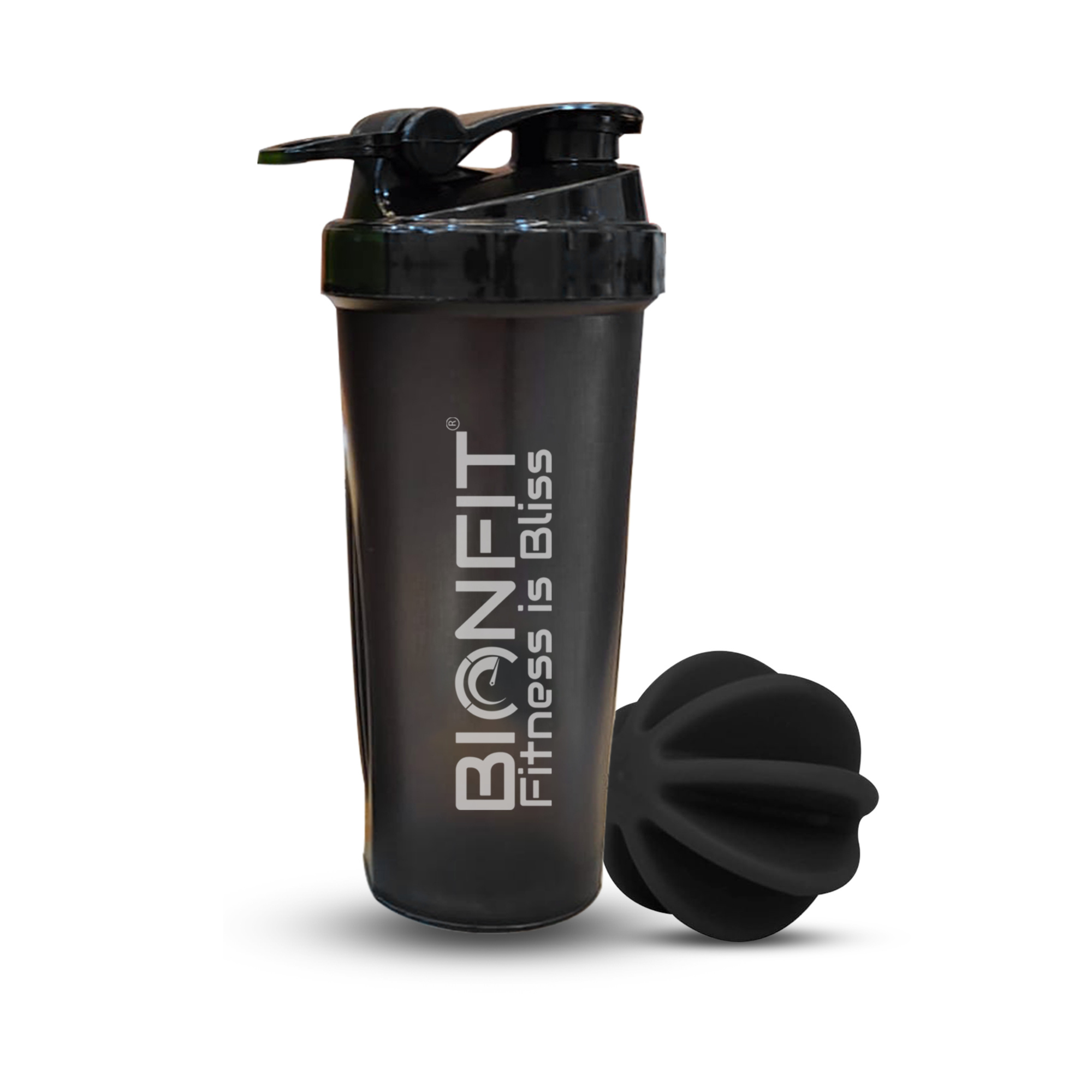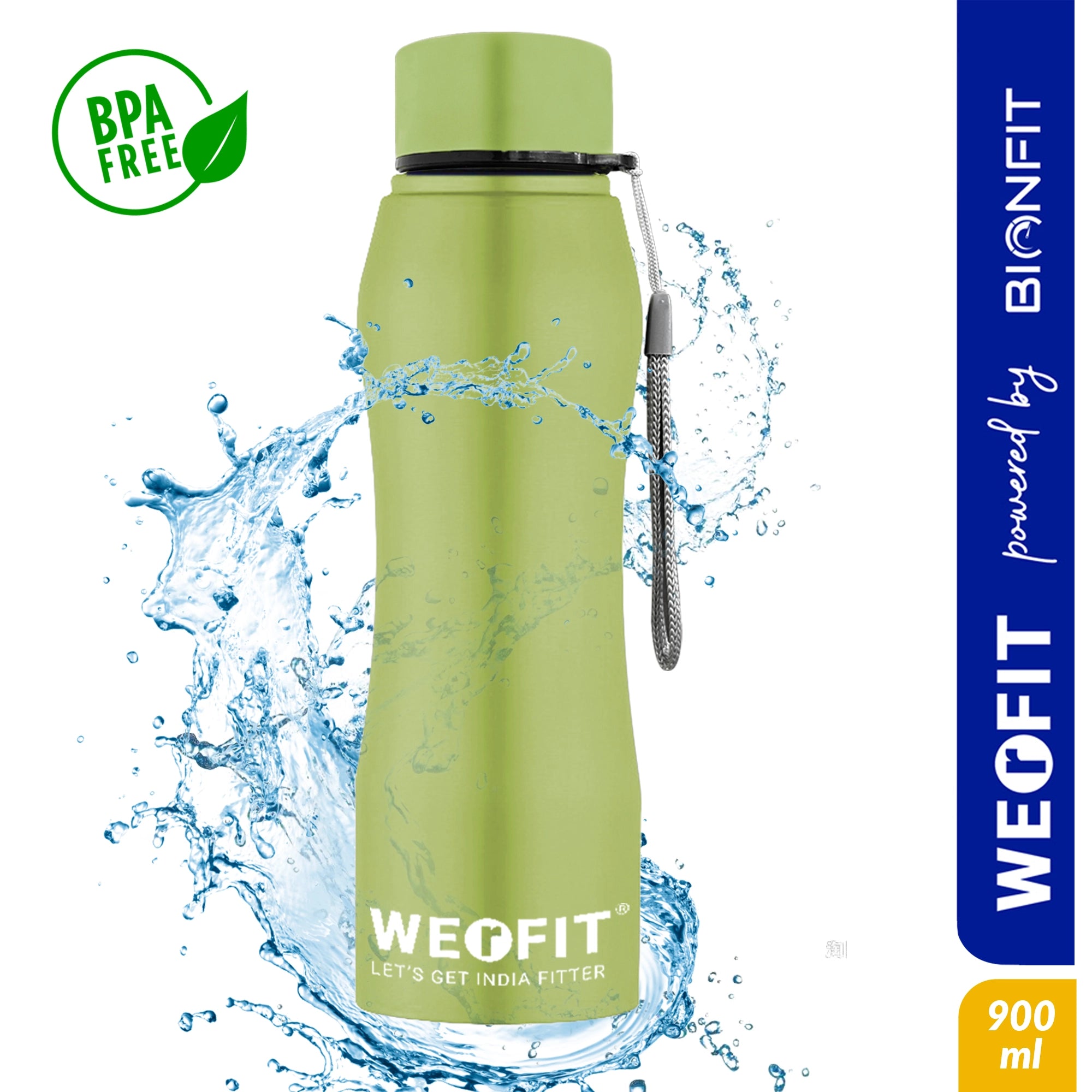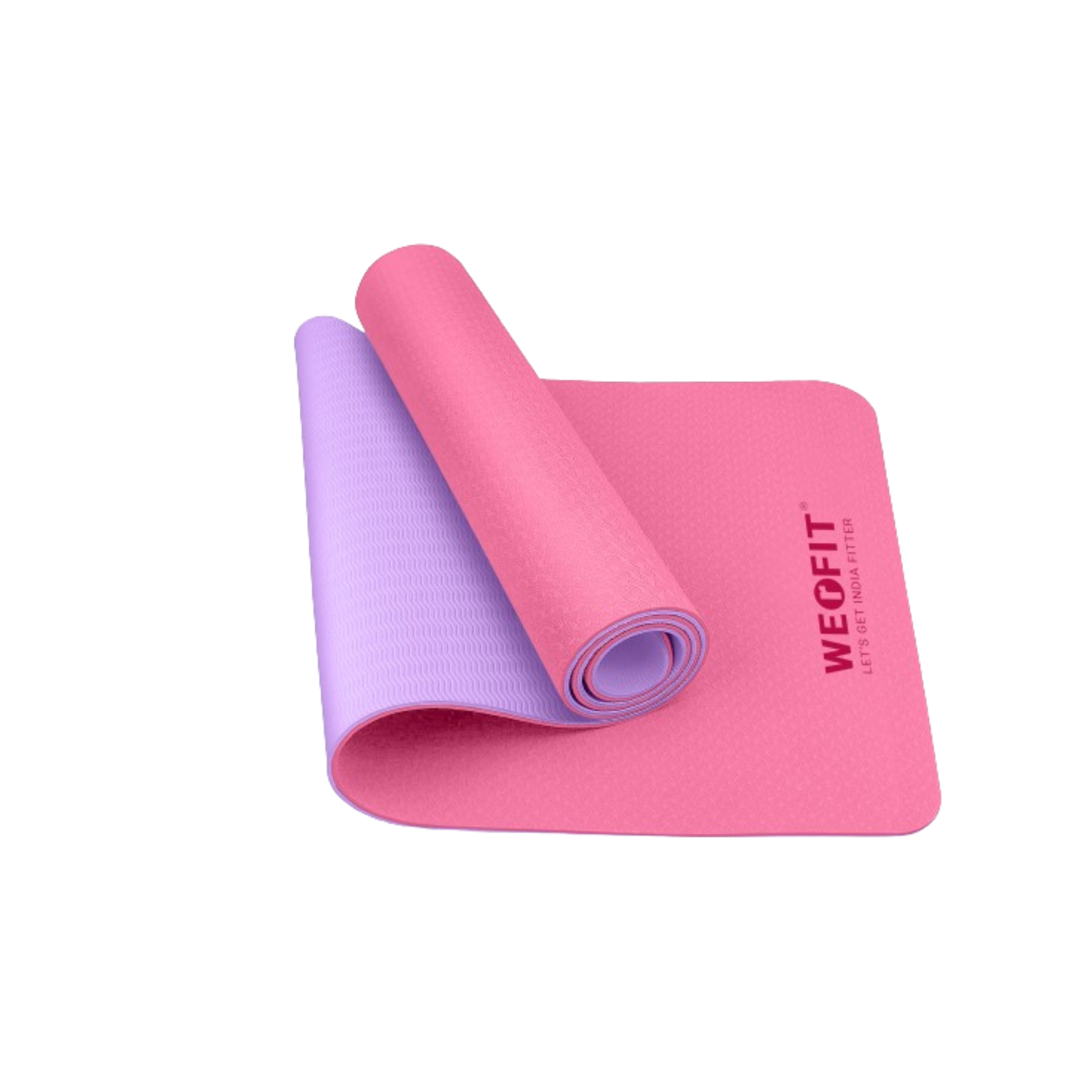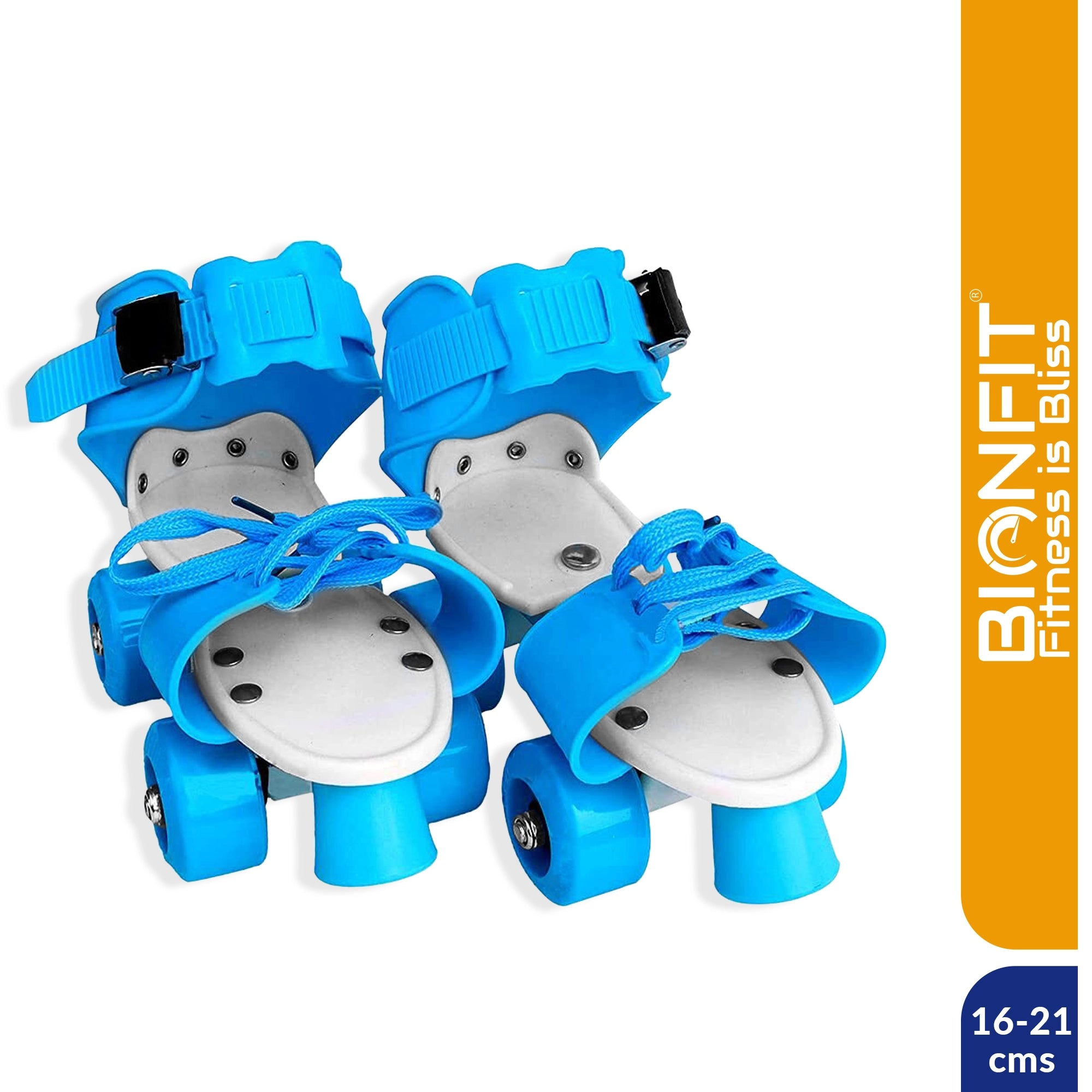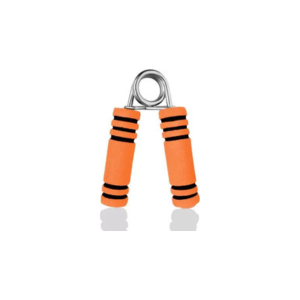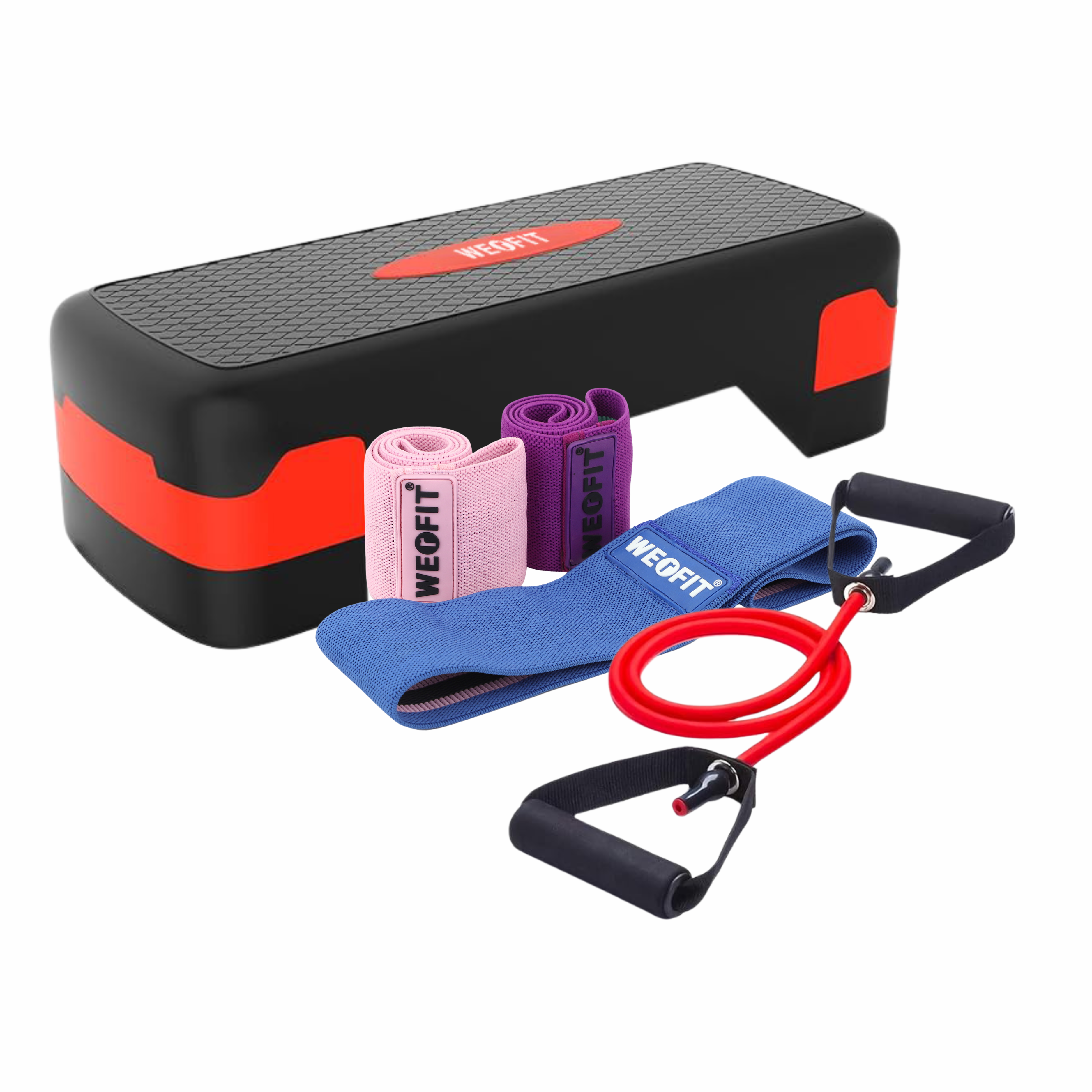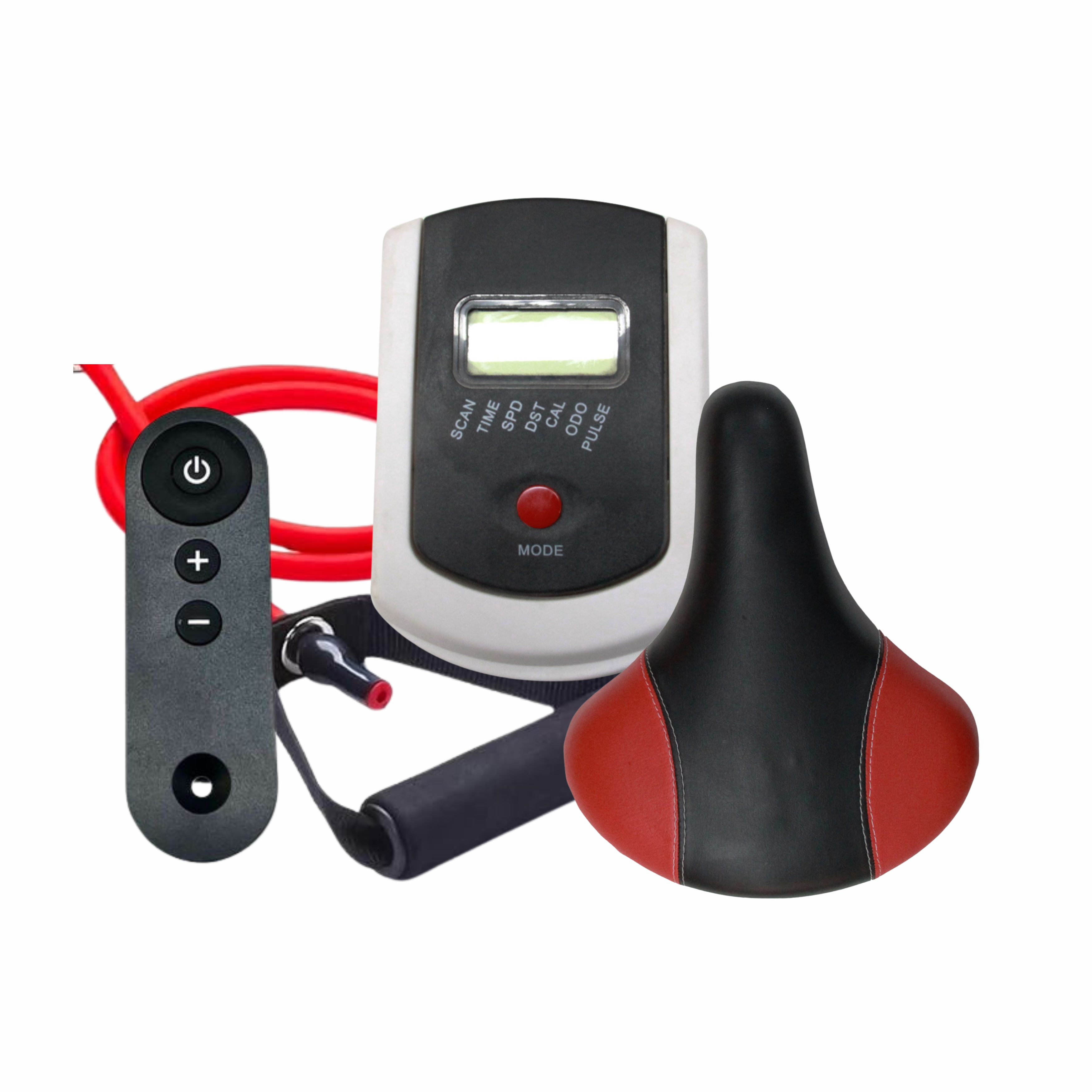
How to Choose the Best Exercise Cycle for Your Home Gym
Choosing the right exercise cycle for your home gym can make a significant difference in your fitness journey. With a variety of models and features available, selecting the best one may feel overwhelming. This guide will help you understand the different types of exercise cycles, their features, and how to select the right one based on your fitness goals, available space, and budget. Whether you want to improve cardiovascular health, lose weight, or enjoy convenient workouts at home, this article has you covered.
1. Understand the Benefits of an Exercise Cycle for Home Use
An exercise cycle is an excellent piece of equipment for home workouts, offering a variety of benefits that contribute to both physical and mental well-being. Investing in an exercise cycle can be one of the most effective ways to maintain cardiovascular health, build strength, and increase endurance without leaving the comfort of your own home.
Convenience and Flexibility
One of the primary benefits of owning a home fitness equipment like an exercise cycle is the flexibility it offers. You can exercise at your convenience, regardless of the weather or time of day. Unlike gym visits that require careful scheduling and commuting, a home exercise cycle is available whenever you are, allowing you to build a routine that best fits your schedule. This flexibility is a significant motivator, especially for those who have busy lifestyles or prefer to avoid crowded gyms.
Cardiovascular Health and Endurance
Regular use of an exercise cycle can greatly enhance your cardiovascular fitness. It helps increase the efficiency of your heart, lungs, and circulation, thus improving your stamina. Studies show that consistent cardiovascular exercise, like indoor cycling, can reduce the risks of heart disease, high blood pressure, and type 2 diabetes(www.heart.org). By cycling regularly at moderate to high intensity, you provide your body with aerobic exercise, which has been linked to a longer, healthier life.
Indoor Cycling Benefits
Another important aspect of an exercise cycle is the array of indoor cycling benefits it brings. Indoor cycling, when compared to other forms of cardio, is particularly beneficial because it’s low impact—meaning it puts less strain on your joints. This makes it ideal for people of all fitness levels, including older adults or those recovering from injuries. Unlike running, which can stress the knees and ankles, a stationary cycle provides a safe way to maintain fitness without risking joint pain or injury(National Institute on Aging).
Improved Mental Health
Physical exercise, including cycling, has a well-documented positive impact on mental health. When you exercise, your body releases endorphins—hormones that make you feel good and help combat stress and anxiety(Mayo Clinic). Having an exercise cycle at home means you have immediate access to a quick stress relief session. Additionally, being able to see improvements in your stamina and physical capabilities can boost confidence and contribute to a greater sense of achievement and well-being.
Weight Management and Muscle Toning
For those focused on weight management and toning, an exercise cycle is an effective tool. Cycling burns calories and helps manage body weight, making it a suitable option for those who want to lose fat or maintain a healthy body composition. In addition to cardio benefits, the pedaling action helps tone and strengthen the muscles in your lower body, particularly the quadriceps, hamstrings, and calves. You can even increase the resistance to incorporate a muscle-strengthening component into your cycling sessions.
Long-Term Health Benefits
Cycling regularly, even for as little as 15-30 minutes a day, can significantly lower your risk of many health conditions. The American Heart Association recommends at least 150 minutes of moderate-intensity aerobic activity per week to promote heart health(www.heart.org). With an exercise cycle at home, achieving this target becomes much more feasible and enjoyable. Furthermore, cycling can help improve sleep quality, boost immune function, and provide energy, making it easier to perform daily tasks and household chores.
In summary, the benefits of having an exercise cycle at home range from improved physical health to enhanced mental well-being. Its convenience, combined with its role in boosting cardiovascular health, managing weight, and improving mood, makes it a versatile tool for those looking to stay active. Whether your goal is to increase endurance, lose weight, or simply stay fit, an exercise cycle can be an invaluable part of your home gym setup.
2. Types of Exercise Cycles for Home Gyms
When it comes to setting up a home gym, choosing the right type of exercise cycle is a crucial step that will determine how effectively you meet your fitness goals. Not all exercise cycles are the same; there are several types available, each with specific features and benefits. Here’s a comprehensive guide to help you understand the main types of exercise cycles for home use and how they fit different fitness needs.
1. Upright Exercise Bikes
Upright bikes are the most common type of stationary bike. They closely mimic the experience of riding a traditional bicycle, which makes them an excellent option for those looking for a natural cycling feel. The seat is positioned above the pedals, allowing for a more vertical riding posture. This type of bike is ideal for individuals wanting to improve cardiovascular fitness or engage in a challenging leg workout.
- Pros: Provides an efficient full-body workout, helps strengthen lower body muscles, and is compact enough for smaller spaces.
- Cons: It can be slightly uncomfortable for extended sessions due to the upright seating position, which can put some pressure on the lower back and wrists.
2. Recumbent Exercise Bikes
Recumbent bikes are designed with a larger, more comfortable seat that includes back support. The pedals are positioned in front of the rider, which allows for a more reclined position. These bikes are particularly suitable for individuals with back problems, joint issues, or those who prefer a low-impact workout.
- Pros: Enhanced comfort, excellent for longer exercise sessions, low impact on joints, ideal for older adults or those recovering from injury.
- Cons: Typically larger and require more space, and they may not provide the same intensity as an upright or spin bike.
3. Spin Bikes
Spin bikes, also known as indoor cycling bikes, are designed for high-intensity workouts that simulate outdoor cycling, including hill climbing and sprints. These bikes are often used in spin classes and are favored by those who enjoy a more challenging, gym-like experience at home.
- Pros: Adjustable resistance that provides a challenging workout, allows for a full range of cycling routines including standing positions, and is excellent for building endurance and burning calories.
- Cons: The seating can be uncomfortable for beginners, and proper form is essential to avoid strain or injury.
4. Air Bikes
Air bikes, also known as fan bikes, use a large fan connected to the pedals and handles, creating resistance based on how hard you pedal. These bikes are excellent for high-intensity interval training (HIIT), as the resistance automatically adjusts to how fast you pedal, making them a popular choice for those looking for a versatile and challenging workout.
- Pros: Full-body workout that combines both arm and leg movements, ideal for high-intensity intervals, offers unlimited resistance levels.
- Cons: Can be quite noisy due to the fan mechanism, and some people may find the intense nature of workouts demanding.
5. Folding or Compact Exercise Bikes
For those with limited space, compact exercise bikes or folding bikes are a great option. These bikes can be folded away when not in use, making them perfect for apartments or homes with limited gym space. They often come with fewer features but are an affordable and space-saving solution for maintaining fitness.
- Pros: Space-saving, lightweight, affordable, easy to store.
- Cons: Limited resistance and features, may not be as durable as larger models, suitable mainly for light cardio.
Choosing Based on Your Fitness Goals
- If your main goal is weight loss and calorie burning, a spin bike or air bike would be ideal due to the intensity and resistance capabilities.
- If you have mobility issues or joint pain, a recumbent bike is a better option because of its ergonomic design and back support.
- For a balanced approach to cardio and endurance training, an upright bike offers a natural feel, similar to outdoor cycling, with a focus on core and lower body strength.
Space and Budget Considerations
When deciding on an exercise cycle for your home gym, consider your available space and budget. Compact exercise bikes are perfect for those with limited space, as they can be stored easily when not in use. However, if space is not an issue and you are aiming for high-intensity workouts, a spin bike or air bike may be the better investment for a broader range of workout options.
Exercise cycles provide diverse options tailored to different preferences and fitness levels. Whether you are looking for a high-intensity sweat session, a comfortable cardio workout, or something in between, there is an exercise bike that can cater to your specific needs. Choosing the right type of bike ensures that you stay motivated and effectively work towards your fitness goals, while also making the best use of the space and resources available in your home gym.
3. Key Features to Look for in a Home Exercise Cycle
Selecting the right exercise cycle for your home gym involves understanding the specific features that best suit your needs. An informed choice can greatly enhance your workout experience, ensuring it is comfortable, effective, and aligned with your fitness goals. Here are the key features you should consider when choosing an exercise cycle:
1. Resistance Levels and Types
One of the most important features to consider is the type of resistance. Exercise cycles typically offer different types of resistance—magnetic, belt-driven, or fan-based.
- Magnetic Resistance: This is the most common type in modern exercise bikes. It provides a smooth, quiet ride and allows users to easily adjust the intensity of their workout. It’s ideal for home environments where noise reduction is a priority.
- Fan-Based (Air) Resistance: Found in air bikes, this type of resistance increases with the intensity of your pedaling. The harder you pedal, the greater the resistance, making it perfect for those who want a variable challenge without manually adjusting the levels.
- Belt and Direct Contact Resistance: These are generally found in spin bikes and provide resistance through a friction pad that directly contacts the flywheel. This offers a more intense and adjustable workout, but can be noisy and require maintenance.
Being able to adjust resistance levels easily is crucial for progressing through different fitness levels—from beginner to more advanced workouts.
2. Comfort Features
Comfort is key, especially for prolonged sessions. Look for features that enhance the overall comfort, including:
- Adjustable Seats: The ability to adjust the seat both horizontally and vertically is important for ensuring proper posture during cycling, which helps prevent back and joint issues.
- Handlebar Adjustability: Like the seat, handlebars that can be adjusted will allow you to find a comfortable, ergonomic position. Some bikes even offer handlebars that move for an added upper body workout, as seen in air bikes.
- Pedals and Foot Straps: Secure pedals with adjustable foot straps ensure your feet stay in place during intense sessions, providing stability and reducing the risk of injury.
3. Digital Console and Connectivity
A stationary bike feature that many modern users seek is a digital console. A high-quality console can significantly boost motivation and track progress. Important features to look for include:
- Metrics Tracking: The console should display metrics like distance, time, speed, calories burned, and heart rate. Monitoring these indicators can help you set and achieve fitness goals more effectively.
- Heart Rate Monitoring: Some bikes come equipped with pulse sensors on the handlebars, while others are compatible with chest strap heart rate monitors. Tracking heart rate is essential for those aiming to stay in their optimal training zone.
- Bluetooth Connectivity and App Integration: More advanced models allow Bluetooth connectivity, which can be paired with fitness apps like Peloton, Zwift, or even personalized training apps. This feature allows you to bring a social aspect into home workouts, participate in virtual rides, or follow guided classes.
4. Build Quality and Stability
The durability and stability of an exercise cycle are paramount for safety, especially if you plan to use the bike frequently or for high-intensity workouts. Features that contribute to stability include:
- Heavy Flywheel: The flywheel's weight significantly affects the bike’s stability and the smoothness of pedaling. A heavier flywheel usually means a more consistent and fluid cycling motion, similar to riding an outdoor bike.
- Strong Frame: A sturdy frame ensures that the bike can handle intense rides without wobbling or shaking. Check the bike's weight capacity and build materials to ensure it suits your body type and intended usage.
5. Footprint and Storage Options
Space is always a concern in home gyms. If you’re working with limited space, a compact exercise bike or one with foldable features could be beneficial. Make sure to:
- Measure Your Space: Understand the dimensions of your intended space and compare it to the bike’s footprint. Some bikes also come with transport wheels, making it easy to move them out of the way after a workout.
- Foldable Options: While these might not be as robust as spin or upright bikes, foldable exercise cycles are a great option for those who want the benefits of indoor cycling but need to conserve space.
6. Weight and Stability Ratings
For your safety, ensure the bike is appropriate for your weight and height. A higher weight capacity often correlates with better durability and stability, allowing for more intense workouts without the risk of tipping. This is especially crucial if you’re selecting a model for multiple users with varying fitness levels.
7. Additional Accessories
While not strictly necessary, some additional features can enhance the convenience and overall experience of your workouts:
- Water Bottle Holders: Hydration is important, and having a water bottle holder makes it easier to keep water within reach during intense sessions.
- Device Holders: A spot to place a tablet or smartphone can enhance the experience, allowing you to watch shows or follow along with workout videos.
- Quiet Operation: Magnetic resistance bikes tend to be quieter compared to friction-based ones, which is an important feature for those sharing space or living in apartments.
8. Safety Features
When it comes to safety, look for bikes that come with emergency brakes, especially if you’re considering a spin bike. Also, ensure that there are no sharp edges or small parts that could be a hazard, particularly if you have children at home.
Choosing an exercise cycle with the right combination of features can make a huge difference in your home gym experience. Whether it's the ability to track fitness metrics, adjust resistance seamlessly, or use the latest fitness apps for virtual cycling sessions, these features help make workouts more engaging and effective. Remember to consider your own needs—whether it's comfort, connectivity, or space—and choose accordingly to get the best out of your home exercise regimen.
4. Selecting the Right Exercise Cycle Based on Your Fitness Goals
When choosing the best exercise cycle for your home gym, it's essential to consider your specific fitness goals. The right type of bike can help you achieve those goals more effectively, whether you're aiming to lose weight, build muscle, boost endurance, or simply maintain overall fitness. Here, we'll explore how different exercise cycles fit into various fitness aspirations.
1. Weight Loss and Calorie Burning
If your primary goal is to lose weight, an exercise cycle can be a powerful tool in your arsenal. Spin bikes and air bikes are especially effective for high-intensity workouts, which can burn significant calories in a short time. These bikes allow you to perform high-intensity interval training (HIIT), which has been shown to be highly effective for burning calories and increasing metabolism even after the workout has ended. HIIT workouts alternate between bursts of intense pedaling and periods of slower recovery, which helps elevate heart rate and burn fat efficiently.
- Spin Bikes: Spin bikes are designed for higher intensity, allowing you to stand on the pedals, engage your core, and simulate hill climbing. This type of bike is excellent for creating a calorie-burning workout with varied intensity levels.
- Air Bikes: With an air bike, the resistance increases automatically with the force you apply, making it ideal for interval training. This dynamic resistance helps maximize the calorie-burning potential by making workouts more challenging as you progress.
2. Cardiovascular Health and Endurance
For improving cardiovascular health and increasing endurance, you need a bike that allows steady-state cardio workouts at moderate intensity for longer durations. In this context, both upright bikes and recumbent bikes can be very effective.
- Upright Bikes: These bikes offer a position similar to traditional cycling and allow for both low-intensity endurance rides and high-intensity sprints. This versatility makes them a great option for building endurance gradually, especially if you alternate between longer sessions at moderate resistance and shorter, more intense sprints.
- Recumbent Bikes: These bikes are particularly good for individuals who need to exercise with less pressure on their joints. The seated, reclined position offers comfort, making it easier to sustain workouts for extended periods, which is key to building cardiovascular endurance. Because recumbent bikes are gentler on the back and knees, they are also ideal for those with pre-existing conditions that limit their mobility( ).
3. Building Lower Body Strength
If your goal is to build lower body strength, an exercise cycle can also help, especially if it has resistance features that simulate hill climbing or sprinting.
- Spin and Upright Bikes: These bikes often come with adjustable resistance, which allows you to create a workout routine similar to weight training for the lower body. By increasing resistance, you can target your quadriceps, hamstrings, and glutes. Spin bikes also enable you to stand up while pedaling, offering a more intense workout that can build muscle strength.
- Air Bikes: The dual-action of air bikes, which require both arm and leg movement, also engages your upper body. For lower body strength, the resistance feature can challenge muscles in a way similar to climbing hills on a traditional bike, enhancing overall muscle tone.
4. Rehabilitation and Recovery
For individuals undergoing rehabilitation or looking to incorporate low-impact exercises, the right choice is a recumbent bike. The back support and reclined position reduce strain on the joints and lower back, making this type of bike the preferred choice for people recovering from injuries or those with chronic conditions like arthritis.
- Recumbent Bikes for Gentle Cardio: The ergonomic design makes recumbent bikes a low-impact yet effective cardiovascular workout, promoting blood circulation without the strain that comes from other types of exercise.
5. General Fitness and Staying Active
If your aim is simply to stay active and maintain a healthy lifestyle, an upright bike or a compact exercise bike can offer a great balance of cardio and strength benefits without requiring intense effort.
- Compact Exercise Bikes: These bikes are perfect for light cardio sessions. You can use them while watching TV or reading, making it easy to incorporate activity into your daily routine without dedicating exclusive time to workouts.
- Upright Bikes for Moderate Fitness: These bikes are ideal if you want to maintain overall health through moderate cardiovascular workouts. They are versatile and typically come with multiple settings to adjust the resistance level, which helps keep your routine varied and engaging.
6. Simulating Outdoor Cycling
For those who love outdoor cycling but prefer the convenience of an indoor workout, spin bikes are designed to replicate the feeling of riding on the road. These bikes often come with settings that simulate uphill climbs or flat roads, making them perfect for those who want a cycling experience similar to riding outdoors.
Tailoring Your Exercise Cycle Selection to Fitness Goals
- Weight Loss: Spin or air bike, with a focus on high-intensity interval training (HIIT).
- Endurance Building: Upright or recumbent bike for steady-state cardio.
- Muscle Strengthening: Spin or upright bike with high resistance settings.
- Rehabilitation: Recumbent bike for comfort and joint support.
- Daily Activity: Compact or upright bike for convenience and light cardio.
In selecting the right exercise cycle, always consider your current fitness level, any existing health concerns, and what motivates you to stay consistent. For those who thrive on varied, dynamic workouts, a spin or air bike might be the right choice. If comfort and sustainability are key, a recumbent bike could be your best companion. Ultimately, understanding how each type of bike aligns with your fitness goals ensures that your exercise cycle investment delivers the maximum benefit to your health and well-being.
5. Budget Considerations for Purchasing an Exercise Cycle
When selecting an exercise cycle for your home gym, budget considerations play a crucial role. The price range for exercise cycles can vary significantly, depending on the features, brand, and type of bike. To ensure you make the best choice for your budget while still meeting your fitness goals, it is important to understand the options available within different price brackets. Below, we explore the budget considerations and value aspects to help you make an informed decision.
1. Price Ranges of Exercise Cycles
The price of exercise cycles generally falls into three categories: budget, mid-range, and high-end. Here is a general breakdown of what you can expect in each category:
- Budget Range (Under $200): In this range, you will find compact exercise bikes and some basic upright bikes. These models tend to have minimal features—typically offering limited resistance levels, basic displays for tracking time and distance, and modest build quality. These bikes are suitable for those just starting out or anyone who needs an affordable way to maintain light cardio activity at home.
- Mid-Range ($200 - $500): Air bikes, recumbent bikes, and higher quality upright bikes often fall into this price category. Mid-range bikes generally offer improved resistance options, sturdier frames, and additional features like heart rate monitors and digital consoles. If you are looking for a balance between cost and quality, mid-range exercise cycles provide great value.
- High-End (Above $500): Spin bikes and advanced air bikes, like the models available at Bionmart's Air Bike Collection, fall into the high-end category. These models typically offer sophisticated features, including magnetic resistance, advanced tracking metrics, app integration, and premium construction for durability. High-end bikes are best for those looking for intense, professional-level workouts or those who prefer extra features like interactive displays or virtual cycling classes.
2. Features that Add Value
When determining which price point fits your budget, it’s also important to understand what specific features add the most value:
- Adjustable Resistance: Bikes with multiple levels of resistance allow you to increase the intensity of your workouts gradually. Mid-range and high-end bikes usually have smoother and more customizable resistance systems, which provide a more challenging and satisfying workout experience.
- Digital Display and Connectivity: Exercise cycles that include digital consoles with Bluetooth connectivity often fall in the mid- to high-range categories. These features enable you to sync the bike with fitness apps, which can keep workouts engaging. Options such as those from Bionmart’s Air Bike collection offer models with sophisticated tracking capabilities to enhance your fitness journey.
- Build Quality: The frame and flywheel weight are key determinants of a bike's stability. High-end exercise cycles come with robust steel frames and heavier flywheels that make the ride smoother and more stable. This can be especially important for spin or air bikes, where intensity levels are higher.
3. Value for Money
When thinking about value for money, consider how often you will use the exercise cycle and the intensity of your workouts:
- Frequent Usage: If you plan to use the exercise cycle multiple times a week, it’s worth investing in a mid- to high-range bike. These bikes are designed to withstand regular, intense use without wear and tear, making them a better value in the long term.
- Occasional Use: For occasional use or as an alternative workout, a budget-friendly compact exercise bike might be the best choice. Though they lack many advanced features, they are adequate for providing basic cardio benefits and improving mobility.
4. Ongoing Costs
It’s also important to consider any ongoing costs beyond the initial purchase. Some of these include:
- Maintenance and Repairs: Bikes with simpler resistance mechanisms, like magnetic or fan resistance, tend to require less maintenance compared to belt-driven bikes with friction pads that may need occasional replacement.
- Accessories: Consider additional costs for accessories that may improve your experience, such as padded seats, heart rate monitors, or tablet holders for entertainment while cycling.
5. Finding the Best Deals
Shopping during promotional periods or visiting specific sites, like Bionmart’s Air Bike Collection, can help you find quality models at a lower price. Some manufacturers also offer financing options, which can make high-quality exercise bikes more accessible. Additionally, look out for package deals that include accessories like mats or heart rate monitors, which can save you money.
6. Budget-Friendly Alternatives
For those looking to save even further, second-hand options might be a good consideration. Many people purchase home gym equipment with enthusiasm but then decide to sell it after only minimal use, resulting in opportunities to acquire well-maintained models at a fraction of the cost.
High-End vs. Budget: Making the Right Choice for You
If you’re uncertain about how much to invest, think about your fitness priorities:
- High-End Investment: If staying fit is a top priority, and you are motivated by engaging features like app connectivity, a high-end bike is worth the investment. These models provide better stability, increased comfort, and extensive functionality.
- Budget Option: If you just need something to get started or to incorporate light cardio into your day, a budget bike can be effective. They are easy to use, require minimal space, and help maintain an active lifestyle without major upfront costs.
In conclusion, selecting the right exercise cycle is not just about meeting your fitness goals but also about making sure it fits within your budget while delivering the desired value. By weighing the cost against the features you prioritize, and considering the range of options from basic to advanced, you can ensure that your investment supports your health journey effectively.
6. How to Fit an Exercise Cycle in a Small Home Space
If you’re working with limited space at home but still want to include an exercise cycle in your fitness routine, there are several strategies and options that can help make this possible. Home exercise equipment, especially a stationary cycle, doesn't need to take up much room, but it's important to plan effectively to keep your living area comfortable and clutter-free. Here’s how you can choose the right exercise cycle for a small space and optimize your setup.
1. Choosing a Compact Exercise Cycle
The first step to fitting an exercise cycle into a small home space is to choose the right type of bike. Compact exercise bikes or folding exercise bikes are specifically designed for small spaces, providing effective workouts while being easy to store when not in use. Here are some great options for small areas:
- Foldable Bikes: These bikes are designed with space constraints in mind. They can be easily folded and put away after use, making them ideal for small apartments. Despite their compact size, these bikes often provide multiple resistance levels and sufficient comfort for light to moderate workouts.
- Mini Exercise Bikes: A mini exercise bike is another great option. It consists only of pedals and a resistance mechanism, allowing you to use it while sitting on a chair or even at your desk. These are ideal for maintaining a light cardio activity without dedicating a large area to fitness equipment.
- Air Bikes: If you’re looking for a more intense cardio workout but need to be space-conscious, consider a compact air bike like the ones available from Bionmart’s Air Bike Collection. These models are often designed with efficiency in mind, providing a full-body workout without taking up as much room as larger, more traditional bikes.
2. Placement Tips for Limited Space
Once you have selected the type of exercise bike, figuring out the best location in your home is crucial for comfort and practicality. Here are some placement strategies:
- Utilize Corners: Placing your exercise bike in a corner of a room allows you to maximize unused space. This works especially well with compact or folding bikes, which can be moved to and from the corner as needed.
- Bedroom or Office Setup: Consider setting up the bike in a bedroom or home office, where it can be easily accessed without obstructing other parts of the house. Many people find they are more likely to use an exercise bike if it’s near other daily-use areas, such as next to a desk, making it convenient to do short workout sessions during breaks.
- Living Room and Multipurpose Space: If you want to use your bike while watching TV, the living room is a great choice. Keeping the bike in a place where you spend time will increase your chances of using it regularly.
3. Fold and Store
Folding and storing the bike after use can help keep your living space open and tidy. Here are some storage tips:
- Closet Storage: Some exercise bikes are compact enough to be stored in a closet. Foldable bikes are especially convenient for this; simply fold the bike after each workout and tuck it away to keep your space uncluttered.
- Under the Bed: For particularly small exercise cycles, such as mini pedal exercisers, consider storing them under your bed. This makes them accessible without taking up permanent space in your room.
4. Maximize Vertical Space
Think about using vertical storage options for smaller, lightweight models. Wall hooks can be used to mount foldable bikes or other fitness accessories like yoga mats or resistance bands, keeping your floor clear and maximizing space.
5. Multifunctional Furniture and Equipment
Some exercise cycles come with additional functionalities or can be paired with multipurpose furniture to save space:
- Exercise Bike Desks: Consider an exercise bike desk, which combines the concept of a cycling workout with a workstation. This allows you to remain active while working, efficiently using your space and time.
- Dual-Purpose Accessories: Look for exercise cycles that come with integrated features, such as tablet holders, which allow you to watch workout videos or entertainment without needing extra space for screens or devices.
6. Noise Considerations
When you have a small space, noise levels are important to consider, especially if you share your living space with others. Here are a few tips for keeping your exercise cycle workouts as quiet as possible:
- Magnetic Resistance Systems: Opt for bikes with magnetic resistance rather than friction or air-based resistance. Magnetic resistance is virtually silent, making it ideal for apartment living or late-night workouts.
- Protective Mats: Place a rubber or foam mat under your bike to absorb noise and protect your flooring. Mats help reduce vibration, making your workout quieter while also providing a stable base for the exercise cycle.
7. Use Your Space Creatively
Don’t let limited space restrict your fitness goals—use creativity to incorporate fitness equipment seamlessly. Here are some additional creative ideas:
- Partitioned Areas: If your home has an open layout, consider dividing an area to create a dedicated workout zone. You could use a simple partition or curtain to define the space.
- Balcony Setup: If you have a balcony or small outdoor area, using it as a workout spot can be a great way to save indoor space while enjoying some fresh air.
Exercise bikes are versatile and adaptable, making them an ideal solution for maintaining fitness even in small living spaces. Whether you choose a compact foldable bike, a mini cycle, or a standard exercise bike that fits comfortably into a room corner, the key is selecting a model that aligns with your space limitations and fitness goals. By utilizing foldable features, compact designs, and creative placement strategies, you can effectively incorporate an exercise cycle into your home, ensuring a comfortable and practical workout environment without sacrificing too much space.
7. Health Benefits of Using an Exercise Cycle Regularly
Regular exercise using an exercise cycle brings numerous physical and mental health benefits, which makes it a worthwhile addition to any home gym. Whether you are just starting your fitness journey or are a seasoned exerciser, an exercise cycle can help you achieve your health goals while being gentle on your body. Here’s a look at the main health benefits of regular cycling using an exercise bike.
1. Improved Cardiovascular Health
Exercise cycling is one of the most effective ways to maintain and enhance cardiovascular health. Regular cycling sessions help increase your heart rate, which, in turn, improves heart function and lowers the risk of cardiovascular diseases like hypertension and heart attack. According to the American Heart Association, adults should get at least 150 minutes of moderate-intensity aerobic activity per week to promote heart health(www.heart.org). Exercise cycles make it convenient to achieve this goal without needing to go outdoors or commute to a gym.
Cycling strengthens your heart, improves blood flow, and can help lower your cholesterol levels. By using an exercise cycle at moderate to high intensity for just 20-30 minutes a few times a week, you can also significantly lower your blood pressure and improve circulation. Enhanced cardiovascular health contributes to better endurance and stamina, which benefits not only workouts but also daily activities.
2. Effective Weight Management
Using an exercise cycle regularly can be highly effective for weight loss and weight management. Depending on the intensity and duration of your workout, cycling can burn a significant number of calories, which helps with fat loss. For example, a moderate session on an exercise bike can burn approximately 300-400 calories per hour, and this number can be even higher with high-intensity intervals or a vigorous pace.
Incorporating high-intensity interval training (HIIT) on an exercise bike is an excellent way to maximize calorie burning. HIIT involves alternating between bursts of high-intensity pedaling and periods of moderate activity or rest. This type of workout has been shown to increase metabolic rate for hours after exercise, contributing to weight loss in a shorter timeframe(www.heart.org).
3. Low Impact on Joints
One of the standout benefits of an exercise cycle is that it provides a low-impact form of cardiovascular exercise, which makes it suitable for people of all fitness levels, including those with joint issues or injuries. Unlike running or other high-impact activities that place stress on the knees, ankles, and hips, cycling keeps the body supported while still providing an effective workout.
For older adults or individuals with joint conditions such as arthritis, a recumbent bike can be particularly beneficial. These bikes offer back support and keep pressure off the joints, allowing for a gentle yet effective exercise routine that promotes mobility without aggravating joint discomfort(Health.gov).
4. Mental Health Benefits
Physical activity, including cycling, is known to have significant benefits for mental health. When you exercise, your brain releases endorphins—often referred to as "feel-good" hormones—which reduce feelings of stress, anxiety, and depression. Regular use of an exercise bike can enhance these positive feelings, providing a mood boost and improving overall emotional well-being(Mayo Clinic).
Cycling can also help regulate sleep patterns, especially when done regularly. Physical activity helps you fall asleep faster and improves the quality of sleep. Exercise cycles allow you to integrate workouts into your daily routine more easily, increasing the chances of maintaining consistent activity that supports better sleep health.
5. Boosted Energy Levels
Many people who use an exercise cycle report a noticeable increase in energy levels throughout the day. Cardiovascular workouts improve the efficiency of the heart, lungs, and muscles, enabling you to perform daily activities with less fatigue. This boost in energy stems from increased oxygen and nutrient supply to your tissues, allowing the body to perform more efficiently.
According to Mayo Clinic, regular physical activity helps improve your muscle strength and endurance while increasing cardiovascular fitness. This ultimately leads to more energy to tackle everyday chores and maintain a more active lifestyle(Mayo Clinic).
6. Strengthened Lower Body Muscles
While exercise bikes are primarily known for cardio, they also help strengthen lower body muscles, particularly in the legs and glutes. Depending on the resistance level, cycling engages your quadriceps, hamstrings, glutes, and calves. Increasing resistance simulates uphill cycling, which builds strength and muscle tone.
Using an air bike like those available in the Bionmart Air Bike Collection, which requires both arm and leg movement, can provide a full-body workout that strengthens both upper and lower body muscles. This dual-action makes air bikes unique and effective for building strength while getting in your cardio.
7. Improved Balance and Mobility
Balance and coordination are crucial aspects of fitness, particularly as people age. Regular use of an exercise cycle can help enhance balance by strengthening the core and improving coordination between the lower body and the rest of the body. Recumbent bikes are particularly good for maintaining balance and improving mobility among older adults since they provide support while allowing gentle movement.
Improving balance and coordination through regular cycling can reduce the risk of falls and injuries, which is especially important for seniors. By keeping the core and lower body muscles strong, exercise bikes contribute to better stability, enabling users to maintain independence as they age.
8. Adaptable to Different Fitness Levels
An additional benefit of using an exercise cycle is its adaptability to different fitness levels. Whether you are a beginner, someone recovering from an injury, or a fitness enthusiast looking for an intense cardio workout, exercise bikes provide adjustable resistance and multiple workout programs that can meet your specific needs. Starting with low resistance allows beginners or those with limited fitness experience to ease into a workout routine, while high resistance and fast intervals challenge even the fittest athletes.
Exercise cycles provide a versatile, low-impact, and highly effective way to enhance overall health. They cater to cardiovascular conditioning, weight loss, muscle strengthening, and mental well-being—all while being gentle on the joints and adaptable for people of various ages and fitness levels. By incorporating regular cycling sessions into your routine, you can reap these comprehensive benefits, making an exercise bike a valuable investment in your home gym.
8. Safety Tips and Best Practices for Using an Exercise Cycle at Home
Ensuring safety while using an exercise cycle is critical to avoid injuries and maximize the effectiveness of your workout sessions. Home exercise equipment can be convenient and beneficial for your health, but it’s important to use it correctly. Here are key safety tips and best practices that you should follow to make your workouts safe and productive.
1. Proper Setup and Bike Adjustment
Before starting your workout, make sure your exercise cycle is properly set up. This involves adjusting the seat height, handlebar position, and pedals to match your body’s measurements.
- Seat Adjustment: The seat height should allow your legs to have a slight bend at the bottom of the pedal stroke, around a 25-30 degree angle. This helps prevent strain on the knees and allows you to pedal more efficiently.
- Handlebar Position: Adjust the handlebars so that you can reach them comfortably without having to hunch your back or extend your arms too far. Proper handlebar adjustment reduces stress on your shoulders and back, and promotes good posture during cycling.
- Pedal Straps: Ensure that your feet are securely placed in the pedal straps. This keeps your feet from slipping, which can lead to injury. Tighten the straps enough to keep your feet in place without cutting off circulation.
2. Warm-Up and Cool-Down
Warming up before your workout is essential to prepare your body for exercise and reduce the risk of injury. Spend 5-10 minutes doing light cycling with minimal resistance to get your blood flowing and loosen your muscles. A proper warm-up gradually increases your heart rate and prepares your joints for more intensive movement.
Similarly, after completing your workout, perform a cool-down to gradually lower your heart rate. This can include gentle cycling at low resistance followed by stretching exercises to enhance flexibility and minimize muscle soreness(Mayo Clinic).
3. Correct Posture and Form
Maintaining correct posture is key to preventing injuries when using an exercise cycle:
- Engage Your Core: Keeping your core tight while cycling helps maintain stability and balance. It also prevents excessive movement in your lower back.
- Straight Back and Relaxed Shoulders: Keep your back straight and avoid slumping forward, which can lead to back pain. Relax your shoulders and maintain a comfortable grip on the handlebars without putting too much pressure on your wrists.
- Proper Pedaling Technique: Make sure you’re pedaling with a smooth, circular motion rather than just pushing down. This helps distribute the workload evenly across the muscles in your legs, reducing the risk of fatigue in specific areas.
4. Avoid Overexertion
It’s important to listen to your body and avoid overexertion, especially when starting out or after a period of inactivity. Overtraining can lead to injuries, fatigue, and burnout. Start with manageable resistance levels and durations, gradually increasing the intensity as your endurance improves. Be sure to stay within your comfort zone, and avoid pushing too hard, especially when cycling for longer periods.
- Rest Days: Incorporate rest days into your weekly routine to give your body time to recover. This prevents overuse injuries and allows your muscles to repair and grow stronger.
5. Use Emergency Safety Features
Many high-quality stationary bikes, especially spin bikes, come with an emergency brake. Make sure you’re familiar with this feature before starting a high-intensity workout. This safety mechanism is useful when the pedals are spinning quickly and you need to stop suddenly.
6. Proper Footwear
Wearing the right footwear is crucial for safety during cycling. Use athletic shoes with firm soles that provide adequate support to your feet. This ensures a firm connection to the pedals and helps in effective power transfer. Avoid cycling barefoot or in loose shoes, as this increases the risk of foot slippage and injury.
7. Stay Hydrated
Cycling can cause significant sweat loss, leading to dehydration. Always have a water bottle within reach, and drink water before, during, and after your workouts. Hydration is key to maintaining your energy levels and avoiding symptoms of dehydration, such as dizziness and cramping.
8. Avoid Distracted Cycling
While using an exercise bike, especially at higher intensities, focus on the workout and avoid distractions. Although watching TV or listening to music can make cycling more enjoyable, avoid multitasking to the extent that it compromises your posture or distracts you from the intensity of your workout. Compact exercise bikes may be suitable for lighter activities like reading, but high-intensity cycling requires focus to maintain proper form.
9. Childproof Your Exercise Area
If you have children in your home, make sure your exercise area is childproof. Stationary bikes can pose risks if not used properly. Keep the exercise bike in a dedicated space where children cannot play around it or get their hands near the moving parts while it’s in use. Also, always ensure that you unplug or secure any electrical components if applicable.
10. Check Your Equipment Regularly
Inspect your exercise cycle regularly for any loose parts, damage, or unusual noises. Wear and tear on components like pedals, resistance mechanisms, or the seat can pose safety risks if not addressed promptly. Maintaining the bike’s stability and integrity ensures that each workout is safe and effective.
Exercise cycles are fantastic for home workouts, providing both cardiovascular and strength benefits. However, it is important to use them safely by following these best practices. Proper setup, listening to your body, maintaining good posture, and ensuring the right environment are key elements of a safe cycling experience. By following these guidelines, you can make your home workouts enjoyable, productive, and injury-free.
9. Enhancing Your Home Cycling Experience
Cycling at home can be more than just a workout—it can be an enjoyable and motivating experience that keeps you committed to your fitness journey. By enhancing your setup and creating a more engaging environment, you can make your exercise routine more effective and pleasurable. Here are several ways to elevate your home cycling experience.
1. Accessories for Comfort and Convenience
Adding accessories to your exercise cycle can make a big difference in comfort and functionality:
- Padded Seats and Cushions: A comfortable seat is key for longer cycling sessions. If your exercise cycle’s seat is uncomfortable, consider adding a gel seat cover or replacing it with a padded option. This can significantly reduce discomfort, especially during extended sessions.
- Water Bottle Holder: Staying hydrated during your workout is essential. Having a built-in water bottle holder makes it convenient to keep your hydration close by. If your bike doesn’t have one, you can add a simple attachment that clips onto the frame.
- Tablet and Smartphone Mounts: Entertainment can help make workouts fly by. Adding a tablet holder to your bike lets you stream videos, follow virtual classes, or listen to music. If your bike doesn’t come with one, you can find universal mounts that fit most handlebars.
2. Interactive Apps and Virtual Classes
Many modern exercise bikes offer Bluetooth connectivity that allows you to link your bike to fitness apps. Using interactive apps can make your workouts more enjoyable and keep you motivated. Here are a few popular options:
- Peloton Digital: If you don’t have a Peloton bike, you can still use their digital subscription to follow instructor-led virtual rides. These classes offer a community feel and provide a structured workout that is motivating and easy to follow.
- Zwift: For those looking for a more immersive experience, Zwift turns indoor cycling into a virtual world where you can ride alongside others in real-time. It adds a social element to your workout and provides a gaming-like experience, keeping it fun and interactive.
- Kinomap and iFit: Apps like Kinomap and iFit simulate outdoor cycling, giving you the feel of riding through scenic locations across the world. These virtual experiences can make long cardio sessions much more engaging and enjoyable.
3. Adding a Personal Touch to Your Workout Space
Creating a dedicated and comfortable workout space helps enhance your exercise experience. Here are a few tips to personalize your cycling space:
- Decorate Your Workout Area: Add posters, motivational quotes, or plants to the space where your bike is set up. Having a pleasant environment can make your workout sessions more appealing and help you stay motivated.
- Good Lighting and Ventilation: Proper lighting and airflow can make a huge difference during workouts. Position your bike in a well-lit area near a window, or use fans to keep the air moving. Being comfortable temperature-wise will make longer sessions more enjoyable and prevent you from getting too hot.
4. Engaging Workouts and Challenges
Incorporating variety in your workouts can prevent boredom and make each session feel different:
- Interval Training: Alternating between high and low resistance levels, also known as interval training, can keep your workouts engaging and challenging. This variation helps burn more calories and builds endurance, providing more efficient results.
- Workout Challenges: Set monthly or weekly challenges for yourself, such as hitting a certain distance, time, or number of calories burned. Many fitness apps, including those integrated with Bionmart air bikes, allow users to track progress and participate in virtual challenges that foster accountability and competitiveness.
- Join Online Cycling Groups: Many fitness apps have communities or social features that let you connect with other cyclists. Joining a group or community can help you stay motivated by seeing others’ progress and sharing your own achievements.
5. Music and Entertainment
Listening to music or watching a favorite TV show while cycling can make workouts far more enjoyable:
- Upbeat Music: Create a playlist with upbeat music that matches the intensity of your cycling. Studies have shown that exercising to music can improve performance and increase enjoyment.
- Audiobooks or Podcasts: For longer, steady-state rides, consider listening to an audiobook or an engaging podcast. It can make the time pass faster, and you get the added bonus of learning something new while staying active.
6. Track Your Progress
Tracking your progress is one of the best ways to stay motivated. Many exercise bikes have built-in monitors that track stats like distance, calories burned, speed, and heart rate. Using this information helps you see the progress over time and adjust your workouts accordingly. Apps that sync with your bike, such as MyFitnessPal or Apple Health, also provide easy tracking and analysis of your activities, which can help identify areas for improvement.
7. Use Resistance Bands or Weights
To take your home cycling experience to the next level, you can incorporate resistance bands or light dumbbells into your routine. While cycling, you can do arm exercises to work on upper body strength. This not only helps build upper body muscles but also makes the ride more dynamic and challenging.
8. Stay Consistent with Scheduling
Scheduling your workouts can be a game changer in staying consistent. Set a specific time each day dedicated to cycling, just as you would for an important meeting. Some fitness apps even allow you to schedule your sessions and send you reminders, which helps build a routine.
9. Reward Yourself
Setting goals and rewarding yourself when you achieve them can also enhance your home cycling experience. Small rewards can be powerful motivators. For example, treat yourself to new cycling gear or take a relaxing bath after completing a particularly challenging session.
Incorporating these enhancements into your cycling routine will help transform it from a mere fitness task into an enjoyable part of your day. Whether it’s through the use of interactive apps, entertainment, or adding variety and challenges to your workouts, these techniques make cycling at home something to look forward to. The more enjoyable and rewarding the experience, the easier it will be to stay consistent and committed to your fitness goals.
Conclusion
Adding an exercise cycle to your home gym is one of the best ways to maintain physical fitness, whether you’re aiming for weight loss, increased endurance, or improved overall health. By considering factors like the type of bike, key features, available space, and your specific fitness goals, you can make an informed choice that maximizes your investment. Remember to prioritize comfort, safety, and consistency in your workouts. With the right exercise cycle, you can turn your home into an efficient fitness hub that helps you achieve your health goals.

